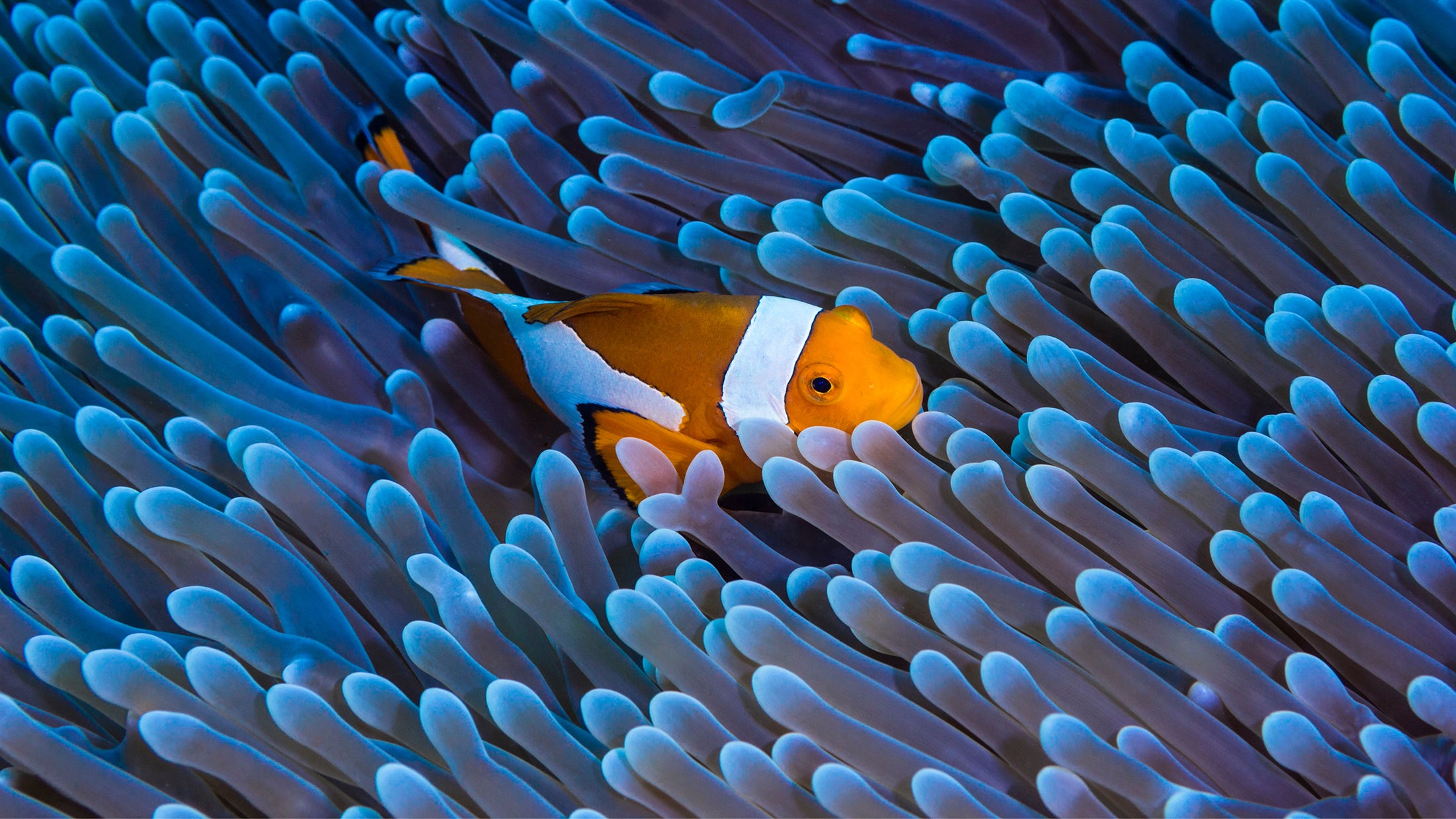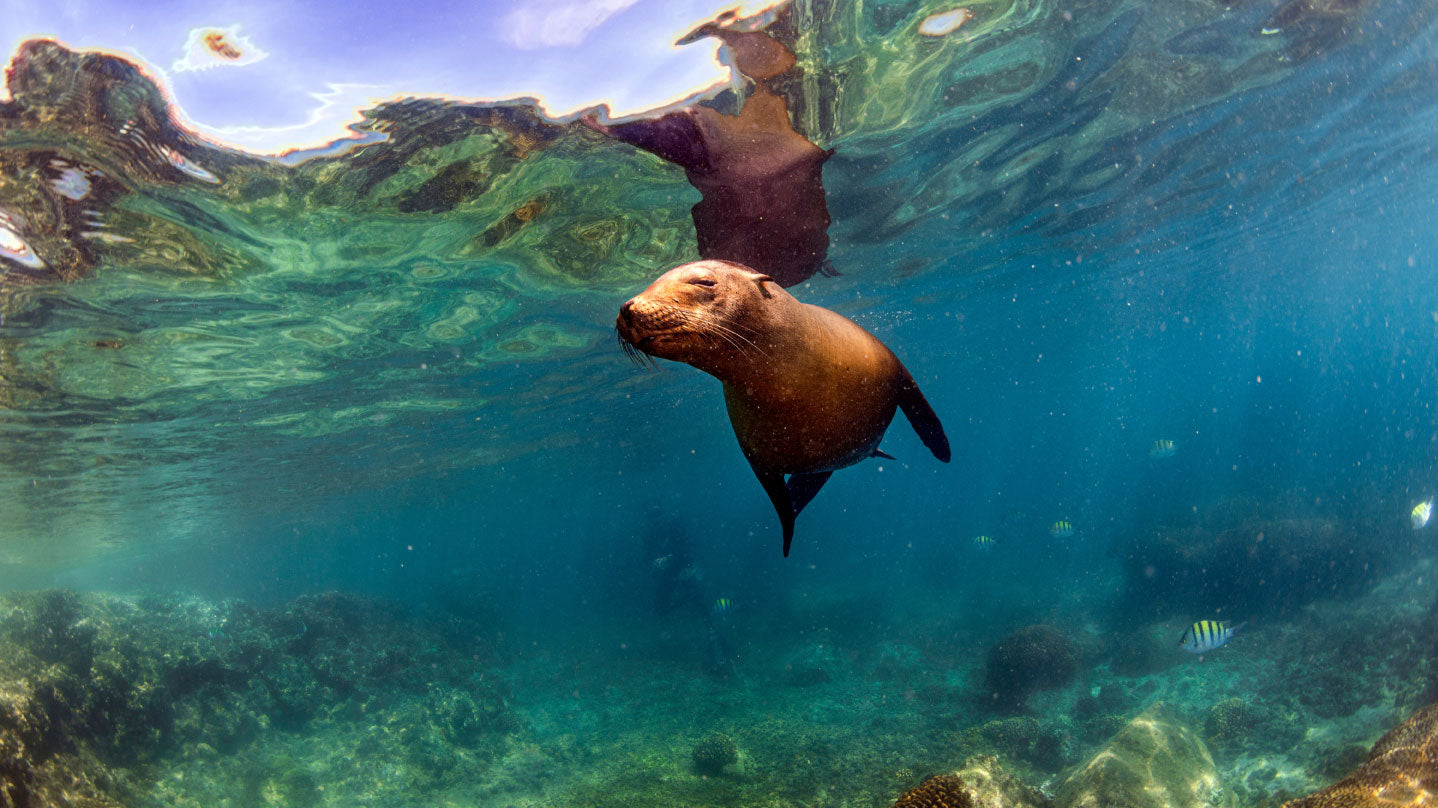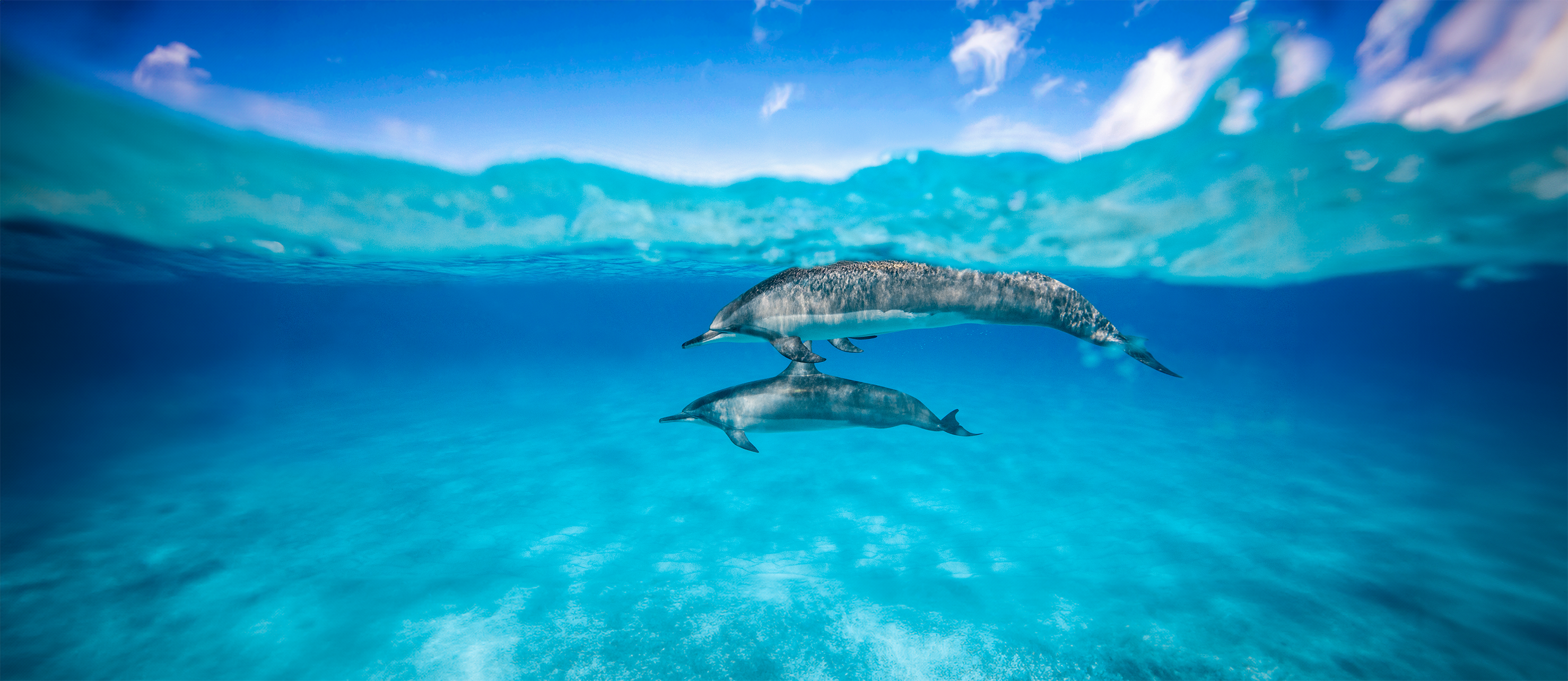5 MIN READ
09-27-2024
Master of the Deep: Unveiling the Mysterious World of the Anglerfish
Henry Bliss, 4ocean Story Producer
Dive into the depths of the ocean and discover the enigmatic anglerfish.
With its bizarre appearance and fascinating adaptations, the anglerfish captivates those lucky enough to encounter it in the dark, mysterious waters of the deep sea.

Renowned for its unique bioluminescent lure, the anglerfish is a master of deception. This remarkable adaptation allows it to attract prey in the pitch-black depths, showcasing both the beauty and strangeness of marine life.
The anglerfish's body is typically flattened and elongated, allowing it to navigate through tight spaces and remain inconspicuous among the substrate.
Its large mouth is filled with sharp, translucent teeth, which enable it to capture and hold onto prey effectively.
Anglerfish also have highly expandable stomachs, allowing them to consume prey much larger than themselves.
Their skin is often covered in unique, fleshy appendages and textures, which can help them blend into their surroundings.
Additionally, anglerfish possess large, sensitive eyes that are well-adapted to low-light conditions, enabling them to spot prey and predators alike.
Their gills are efficient at extracting oxygen from the cold, deep water, while their pelvic fins have evolved into a pair of limb-like structures that assist in stabilizing their movements.
This combination of features makes the anglerfish a highly specialized predator, perfectly suited for survival in the challenging environment of the deep sea.

Habitat Overview:
Anglerfish primarily inhabit the deep sea, often found at depths ranging from 200 to 2,000 meters (656 to 6,561 feet). They are particularly prevalent in the Atlantic and Pacific Oceans, where the conditions are conducive to their survival. Some species can also be found in more shallow coastal regions, but the vast majority thrive in the dark, cold waters of the abyss.
Temperature Range: Anglerfish are typically found in temperatures ranging from 2°C to 12°C (36°F to 54°F), well-suited for their cold-water adaptations.
Habitat Types: These fish prefer areas with complex structures, such as rocky substrates and deep-sea trenches, where they can hide from predators and ambush prey.
Oxygen Levels: They are adapted to low-oxygen environments, utilizing efficient gills to extract oxygen from the surrounding water.
Migration Patterns
Depth Migration: Anglerfish are known to migrate vertically in the water column, moving closer to the surface at night to feed on smaller fish and invertebrates.
Breeding Migration: Some species undertake migrations for breeding, returning to shallower waters during spawning seasons.

Diet:
Anglerfish are carnivorous and primarily feed on:
Small Fish: Utilizing their bioluminescent lure, anglerfish attract unsuspecting prey, including small fish such as lanternfish and cod.
Crustaceans: They feed on a variety of crustaceans, including shrimp and krill, which are abundant in their deep-sea habitat.
Cephalopods: Anglerfish also consume squid and other cephalopods, taking advantage of their speed and agility to capture these agile prey.
Other Marine Organisms: Some larger species of anglerfish may also eat larger prey, including other fish and occasionally smaller anglerfish.
Behavior
Hunting Strategy: Using their bioluminescent lure, anglerfish attract prey by mimicking the appearance of small creatures. Once close enough, they ambush their victims with a rapid snap of their jaws.
Social Structure: While generally solitary, some species may exhibit loose aggregations during breeding seasons.
Reproduction: Male anglerfish are notably smaller than females and often fuse to their partners, becoming permanent parasites that provide sperm in exchange for sustenance.

How does plastic pollution impact the Anglerfish?
Ingestion: They may accidentally consume plastic debris while feeding, leading to health issues.
Entanglement: Anglerfish can become entangled in discarded fishing gear, impacting their ability to hunt and survive.
Habitat Degradation: Pollution and habitat destruction threaten their deep-sea ecosystems, reducing prey availability.
Chemical Contamination: Plastics in the ocean can absorb harmful pollutants, affecting anglerfish health when ingested.
The anglerfish is a remarkable example of adaptation and survival in the depths of the ocean. With its unique lure and predatory strategies, it plays an essential role in the delicate balance of deep-sea ecosystems. However, the challenges posed by plastic pollution and habitat degradation remind us of the urgent need to protect our oceans. As stewards of the sea, we must work to preserve the enigmatic beauty of species like the anglerfish for generations to come.
We’re always on the lookout for incredible stories from our community! Pitch yours to our team at stories@4ocean.com

Bracelet of the Month:
Anglerfish
Pull 5 Pounds of Trash From The Ocean
With Our Limited Edition Anglerfish Bracelets.
Only Available October 2024!



